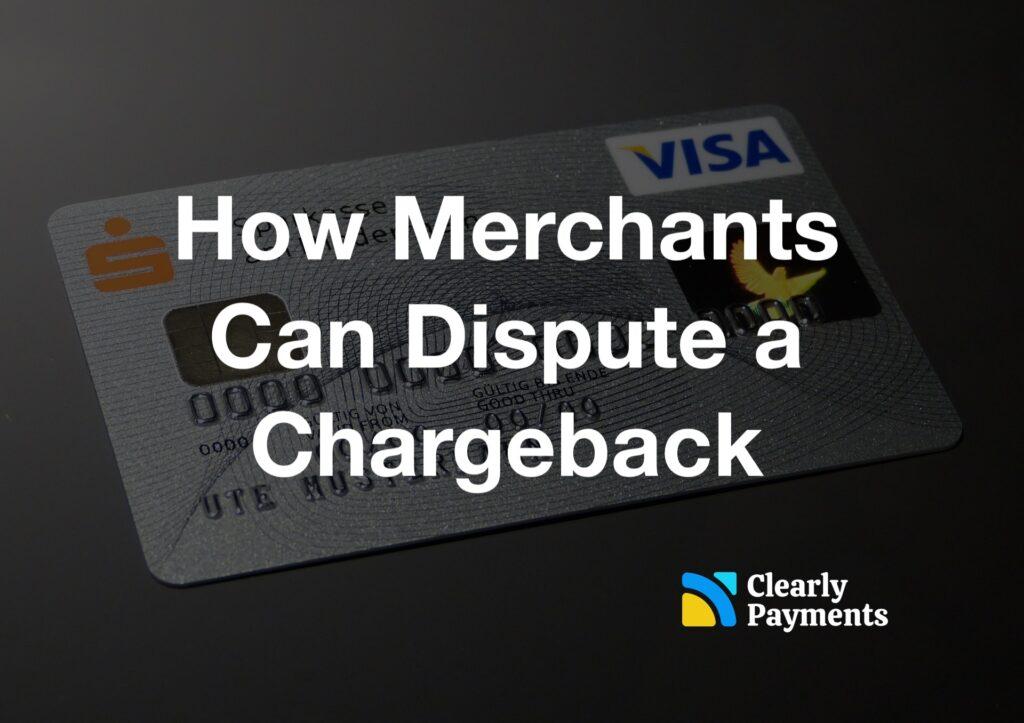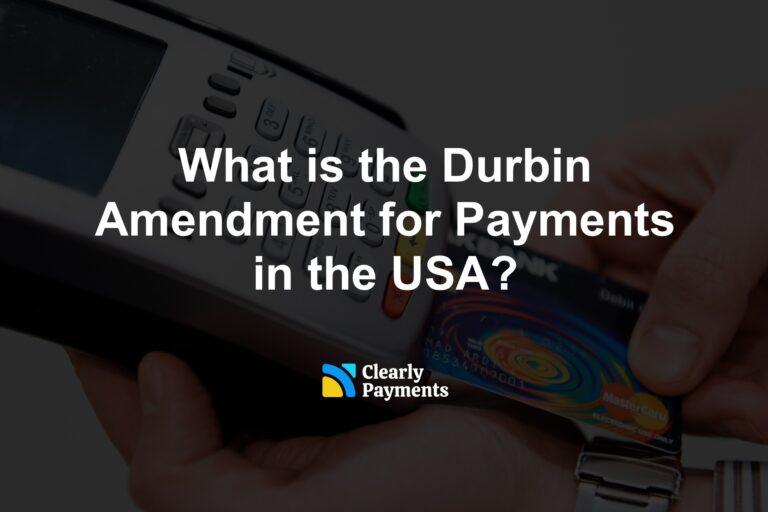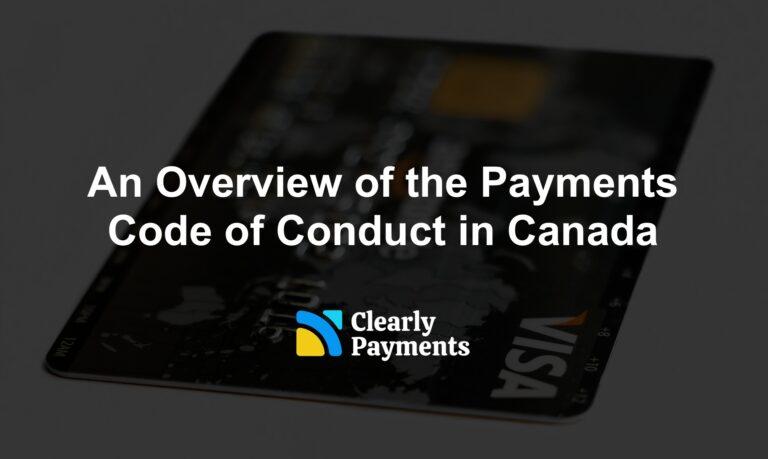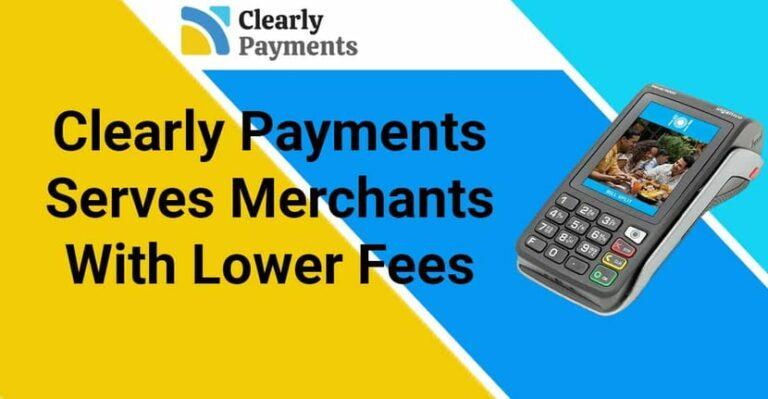Chargebacks can pose significant challenges for merchants, impacting their revenue, reputation, and overall business operations. However, merchants have the opportunity to dispute chargebacks and present their cases to challenge the validity of the claims.
In this comprehensive guide, we outline the step-by-step process for merchants to effectively dispute chargebacks, providing insights and strategies to increase the likelihood of a successful outcome.
How hard is it to win a chargeback dispute
Winning a chargeback is called the chargeback win rate. The chargeback win rate refers to the percentage of successfully recovered transactions that a merchant achieves after disputing an initial chargeback. It represents the rate at which the merchant prevails in reversing chargebacks and reclaiming the funds initially debited from their account.
Merchants that dispute a chargeback win 40% of the time on average across all industries.
This win rate is calculated by dividing the number of successfully recovered transactions by the total number of chargebacks received and expressing it as a percentage. The chargeback win rate provides insight into the merchant’s effectiveness in dispute resolution and their ability to protect their financial interests in the face of chargeback disputes. There is a separate article on chargeback statistics in payment processing.
How merchants get notified of a chargeback
Merchants are typically notified of a chargeback through a notification sent by their payment processor or acquiring bank.
The specific method of notification can vary depending on the payment processor, however it’s typically through an email or through their reporting tool. Once you find out you have a chargeback, here are the steps to dispute it.
The chargeback dispute process
If you are notified by your payment processor that you received a chargeback, there is a process to dispute it and covers your funds.
Step 1: Review the Chargeback Reason
Upon receiving a chargeback notification, carefully review the reason provided by the issuing bank or card issuer. Understand the specific dispute category, such as fraud, service not provided, or defective merchandise. This initial assessment helps you identify the appropriate evidence and documentation required to counter the cardholder’s claim. Here are the most common reasons for chargebacks.
Step 2: Collect Relevant Documentation
Gather all relevant documentation related to the original transaction. This includes order details, customer communication, invoices, receipts, shipping/tracking information, and any other evidence that supports your case. The objective is to present a comprehensive package of evidence that demonstrates the legitimacy of the transaction and fulfillment of your obligations.
Step 3: Prepare a Compelling Case
Build a strong and compelling case to dispute the chargeback. Craft a written response that addresses the specific reason for the chargeback and provides a clear, concise argument to counter the customer’s claim. Include a detailed explanation supported by the gathered evidence, outlining why you believe the chargeback is unwarranted.
Step 4: Submit a Chargeback Response
Prepare the chargeback response by completing the necessary documentation provided by the payment processor or acquirer. Alternatively, you may be required to submit a written response detailing the relevant information, including transaction details, evidence, and a compelling narrative that highlights the validity of your position. Ensure that the response is accurate, thorough, and submitted within the designated timeframe.
Step 5: Timely Submission
Adhere to the specified timeframe for chargeback response submission. Missing the deadline may result in the chargeback being automatically ruled in favor of the cardholder. Timeliness is crucial in maintaining your opportunity to present your case effectively and secure a favorable outcome.
Step 6: Communication and Collaboration
Maintain open and transparent communication with the payment processor or acquiring bank throughout the chargeback dispute process. Respond promptly to inquiries or requests for additional information. Be cooperative and provide any relevant documents or evidence promptly to support your case. Collaborating with the processor enhances the chances of a fair and efficient resolution.
Step 7: Adjudication and Notification
The card issuer will review the chargeback response and supporting documentation provided by the merchant. They will evaluate both the merchant’s case and the cardholder’s claim to determine the validity of the chargeback. This process can take several weeks, depending on the complexity of the case and the issuer’s internal procedures. Patience is essential during this stage.
The payment processor or acquiring bank will notify the merchant of the chargeback decision. If the dispute is resolved in the merchant’s favor, the funds withheld during the chargeback process will be returned to the merchant’s account. However, if the chargeback is upheld, the merchant may have the option to further appeal the decision if allowed by the payment processor or acquirer.
The best way to increase your chances to win a chargeback dispute
When it comes to fighting chargebacks, compelling evidence will significantly strengthen your case. The more evidence you have, the better. Here are some types of evidence that will be helpful in disputing chargebacks and increase your chances to win a dispute.
-
Proof of delivery or fulfillment: Providing evidence that the product or service was delivered or fulfilled can be crucial. This can include shipping tracking numbers, delivery confirmation, or signed delivery receipts.
-
Customer communication: Any correspondence with the customer, such as emails or chat logs, that supports your position can be valuable evidence. It can demonstrate that you made a genuine effort to address their concerns or provide assistance.
-
Transaction evidence: Gather transaction-related information, such as order details, purchase receipts, invoices, and any supporting documentation that proves the legitimacy of the transaction.
-
Terms of service or refund policy: If you have clearly stated terms of service or refund policies, provide copies of these documents to demonstrate that you have clearly communicated your policies to the customer.
-
Video or photographic evidence: In cases where visual evidence is applicable, providing videos or photographs can support your claim. For example, if you sell physical products, you could provide images of the product and its condition prior to shipment.
-
Contracts or agreements: If your business operates on a contractual basis, providing copies of signed contracts or agreements can serve as evidence supporting your case.
Remember, the specific evidence required may vary depending on the reason for the chargeback and the policies of your payment processor. It’s important to familiarize yourself with the chargeback rules and guidelines of your payment processor and provide clear, well-documented evidence to support your case.




